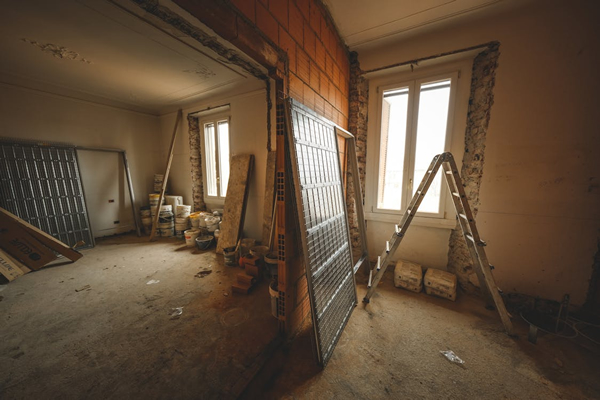Refurbishment Finance for Historic Properties: Preserving Heritage with Funding

Historic properties hold a unique charm, offering glimpses into the past and preserving architectural treasures for future generations. However, restoring and refurbishing these properties often comes with significant financial challenges. From structural repairs to conservation efforts, the costs associated with refurbishing historic buildings can be substantial. Fortunately, refurbishment finance, including bridging loans, provides a viable solution for property owners looking to preserve heritage while navigating the complexities of funding.
Preserving heritage through refurbishment finance
Historic properties play a crucial role in maintaining cultural heritage and architectural diversity. Whether it’s a centuries-old castle, a Victorian-era mansion, or a quaint cottage with historical significance, these properties contribute to the fabric of our communities. However, the upkeep and restoration of such properties require careful attention and substantial investment.
Refurbishment finance serves as a lifeline for property owners seeking to undertake restoration projects. These financing options offer flexibility and tailored solutions to address the unique needs of historic property refurbishments. Bridging loans, in particular, play a pivotal role in providing short-term funding to cover the initial costs of refurbishment while longer-term financing is arranged.
Bridging loans: A key component of refurbishment finance
Bridging loans are well-suited for historic property refurbishments due to their speed and flexibility. These short-term loans can be secured quickly, allowing property owners to commence refurbishment work without delay. Whether it’s repairing structural damage, restoring period features, or enhancing energy efficiency, bridging loans provide the necessary funds to kick-start renovation projects.
One of the advantages of bridging loans is their versatility. They can be used to finance various aspects of refurbishment, including purchasing the property, covering renovation costs, or bridging the gap between selling an existing property and acquiring a historic one. This flexibility enables property owners to adapt to evolving project requirements and unforeseen challenges that may arise during the refurbishment process.
Moreover, bridging loans are typically secured against the property itself, providing lenders with added assurance and enabling borrowers to access higher loan amounts based on the property’s value. This makes bridging loans an attractive option for financing refurbishment projects, especially for owners of historic properties with significant equity.
Navigating the refurbishment process
While refurbishment finance, including bridging loans, provides an essential financial tool for preserving historic properties, navigating the refurbishment process requires careful planning and consideration. Property owners should conduct thorough assessments of the property’s condition, obtain necessary permits and approvals from local authorities, and engage qualified professionals with experience in historic preservation.
Additionally, it’s essential to develop a detailed budget and timeline for the refurbishment project, taking into account potential contingencies and unforeseen expenses. By working closely with lenders, contractors, and preservation experts, property owners can ensure that their refurbishment endeavours are executed smoothly and in accordance with preservation standards.
Conclusion:
Refurbishing historic properties is not only a labour of love but also a commitment to preserving cultural heritage for future generations. With refurbishment finance, including bridging loans, property owners can embark on restoration projects with confidence, knowing that they have the necessary funding to safeguard our architectural treasures.
By leveraging the flexibility and speed of bridging loans, property owners can breathe new life into historic properties, revitalising communities and honouring the legacy of the past. As stewards of our built heritage, let us embrace the opportunity to preserve and cherish historic properties, ensuring that their beauty and significance endure for generations to come.




 0116 402 7982
0116 402 7982